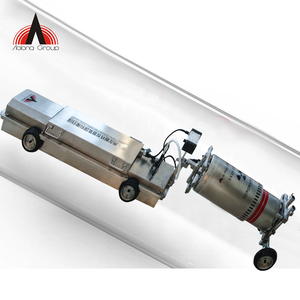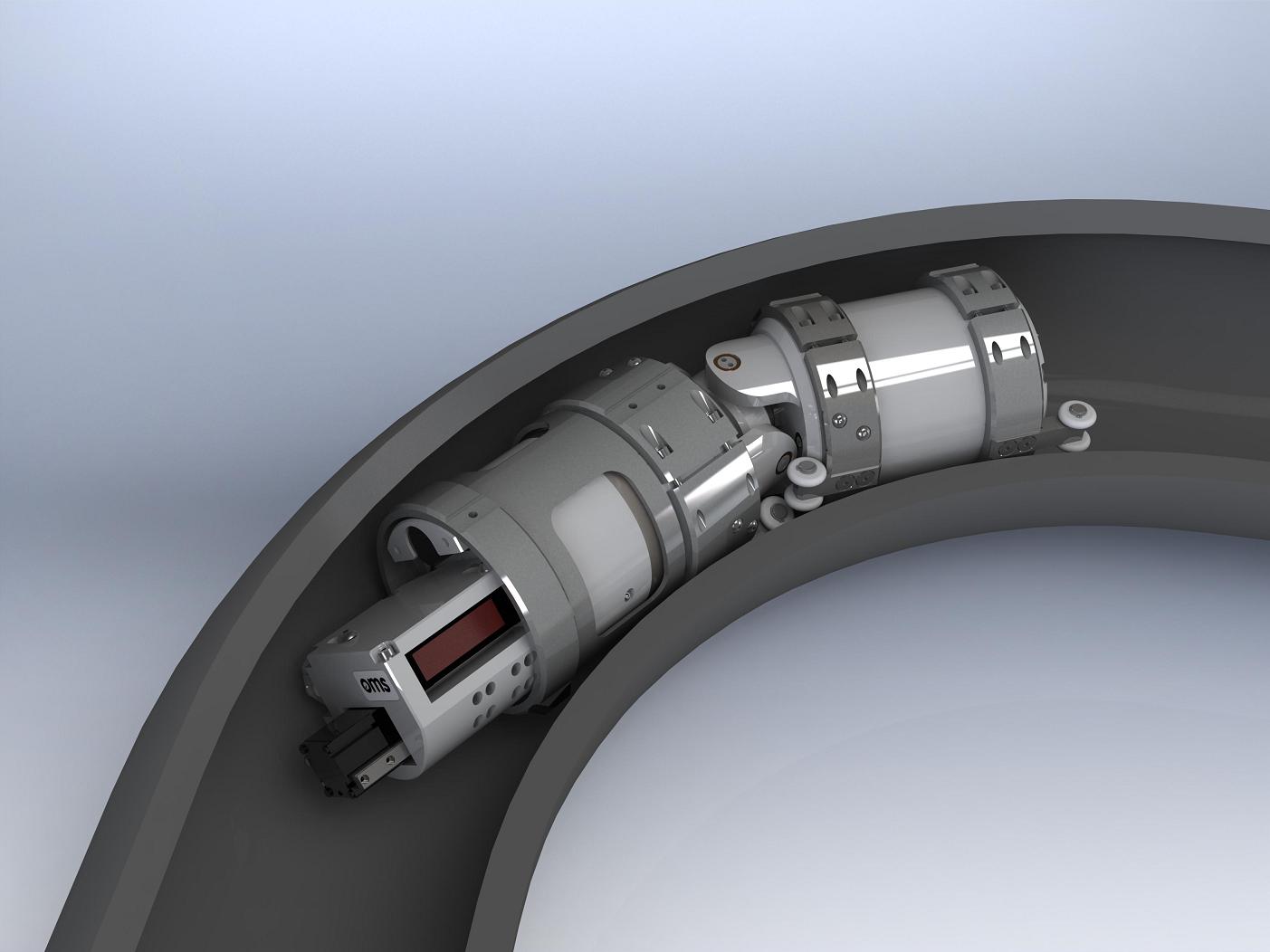Pipeline Welding Inspection: Ensuring Safety and High Quality in Every Weld
Comprehending the Principles of Pipe Welding Evaluation: Important Variables for Assessing Weld High Quality and Averting Failings
In the world of pipeline welding evaluation, the risks are unquestionably high, requiring a thorough understanding of basic principles to make sure weld top quality and minimize failure dangers. Various critical variables come right into play, including the choice of suitable products, the application of sophisticated inspection methods, and the recognition of common welding defects.
Relevance of Weld High Quality
The honesty of a pipeline is basically reliant on the top quality of its welds, making weld high quality a crucial variable in guaranteeing reliable and safe operation. A pipe weld functions as a junction factor where materials are joined, and any kind of deficiencies around can lead to considerable architectural weaknesses. Poor weld high quality can result in leaks, tears, and tragic failures, presenting significant safety dangers and ecological risks.
Several aspects add to the quality of a weld, including the option of welding process, the abilities of the welder, and the problems under which the welding is performed - Pipeline Welding Inspection. Inadequate preparation, incorrect warm input, and contamination can endanger weld honesty, leading to issues such as porosity, incomplete fusion, or cracks. As a result, rigorous quality assurance measures must be executed throughout the welding process to reduce these dangers
Furthermore, the long-lasting performance of a pipeline is heavily influenced by the sturdiness of its welds. Top notch welds not just improve the general stamina of the pipeline but also extend its life span, lowering the demand for pricey repair services and downtime. Therefore, making certain premium weld quality is paramount in pipe layout and upkeep methods.
Secret Evaluation Techniques
Guaranteeing weld quality demands the application of efficient evaluation techniques to recognize prospective defects before they cause failings. Pipeline Welding Inspection. Among one of the most extensively utilized approaches are aesthetic assessment, radiographic testing (RT), ultrasonic testing (UT), and magnetic fragment testing (MT) Each technique offers an unique objective and is chosen based on the specific demands of the pipeline job
Visual examination is the very first line of protection, enabling assessors to assess surface area problems, placement, and total craftsmanship. Radiographic testing offers a detailed sight of inner weld integrity by utilizing X-rays or gamma rays to find subsurface flaws.
Ultrasonic screening uses high-frequency sound waves to assess the thickness and stability of welds, making it excellent for spotting interior interruptions. Magnetic fragment screening is a trusted method for identifying surface area and near-surface issues on ferromagnetic products by applying magnetic fields and fine ferrous particles. By utilizing these key inspection techniques, pipe welding examiners can make sure the best quality criteria are kept, inevitably causing much safer and a lot more trustworthy pipeline systems.
Common Welding Issues
In the world of pipeline welding, understanding typical welding problems is crucial for keeping architectural stability and safety. These issues can cause catastrophic failings if not recognized and attended to quickly. Amongst the most common defects are porosity, which happens when gas allures in the weld metal, developing voids that deteriorate the joint. An additional considerable concern is lack of combination, where the weld steel does not effectively bond with the base material, jeopardizing the joint's toughness.

Fractures are additionally a crucial issue, materializing in numerous kinds such as warm cracks, cold cracks, and root cracks. Each type positions special difficulties and needs certain examination strategies for discovery. Undercut is an additional issue that can lower the weld's cross-sectional location, bring about stress and anxiety focus factors, while slag incorporation takes place when non-metallic product ends up being entraped in the weld swimming pool, detrimentally influencing the mechanical homes of the weld.
Furthermore, inaccurate bead shape can result in uneven stress circulation. Identifying these typical problems is vital for inspectors and welders alike, as very early discovery and modification are important to ensuring the long life and integrity of pipeline systems.

Materials and Their Effect
Selecting the appropriate products for pipe welding substantially influences the overall performance and integrity of the bonded joints. The option of base metals, filler products, and layers plays a vital function in determining the toughness, rust resistance, and sturdiness of the welds. For instance, carbon steel is generally made use of for its balance of strength and expense, but it might be vulnerable to corrosion in specific environments, demanding making use of corrosion-resistant alloys or protective layers.
Furthermore, different metal welding calls for cautious factor to consider of thermal expansion buildings and prospective galvanic deterioration. The compatibility of materials can considerably affect the microstructure of the weld, causing variations in mechanical residential properties. As an example, stainless-steel offers outstanding deterioration resistance but might call for particular filler products to make certain an audio weld joint.
Furthermore, the influence of temperature level and environmental conditions on material choice can not be taken too lightly. High-strength steels may lose ductility at elevated temperatures, while low-temperature applications could need products with boosted toughness. Eventually, comprehending the effects of product selections is essential for accomplishing ideal weld high quality and protecting against failings in pipe systems.

Regulative Requirements and Compliance
Regulative Visit This Link standards and compliance play a crucial duty in pipe welding, establishing the structure within which efficient and safe techniques are kept. These requirements are developed by various companies, including the American Society of Mechanical Designers (ASME), the American Welding Society (AWS), and the Pipe and Hazardous Products Safety Management (PHMSA) Abiding by these policies ensures that welding treatments satisfy the required top quality and security standards.
Compliance with regulatory criteria is vital not just for making sure the integrity of the welds yet likewise for shielding the atmosphere and public safety and security. Examiners are tasked with confirming that welding procedures adhere to these criteria with strenuous evaluations of both the procedures and the final welds. This includes reviewing welder certifications, welding treatments, and the materials utilized.
Failing to comply with well-known policies can bring about considerable effects, consisting of expensive fixings, legal responsibilities, and catastrophic failures. As a result, companies must integrate conformity right into their operational practices, promoting a society of safety and high quality. Normal wikipedia reference training and audits are critical elements in preserving adherence to these governing criteria, ensuring that all workers are knowledgeable and outfitted to copyright the highest degree of pipeline welding high quality.
Verdict
To conclude, an extensive understanding of pipeline welding evaluation is crucial for making certain weld quality and avoiding failures. By utilizing crucial assessment strategies and acknowledging typical welding flaws, examiners can successfully evaluate the integrity of welds. Consideration of product option and adherence to regulative requirements even more improve the reliability and safety of pipe systems. Inevitably, these methods contribute to the prevention of leaks and devastating failings, emphasizing the important significance of rigorous inspection procedures in pipeline building and construction and upkeep.
In the realm of pipe welding assessment, the risks are without a doubt high, requiring a comprehensive understanding of basic principles to make sure weld top quality and reduce failing dangers (Pipeline Welding Inspection).The honesty of a pipeline is essentially dependent on the top quality of its welds, making weld quality an essential element in making sure efficient and secure procedure.Numerous variables contribute to the high quality of a weld, consisting of the Source option of welding procedure, the abilities of the welder, and the problems under which the welding is carried out. Undercut is one more issue that can reduce the weld's cross-sectional location, leading to tension focus points, while slag addition happens when non-metallic product comes to be entraped in the weld swimming pool, negatively impacting the mechanical homes of the weld
In final thought, a detailed understanding of pipe welding examination is essential for making certain weld top quality and protecting against failings.